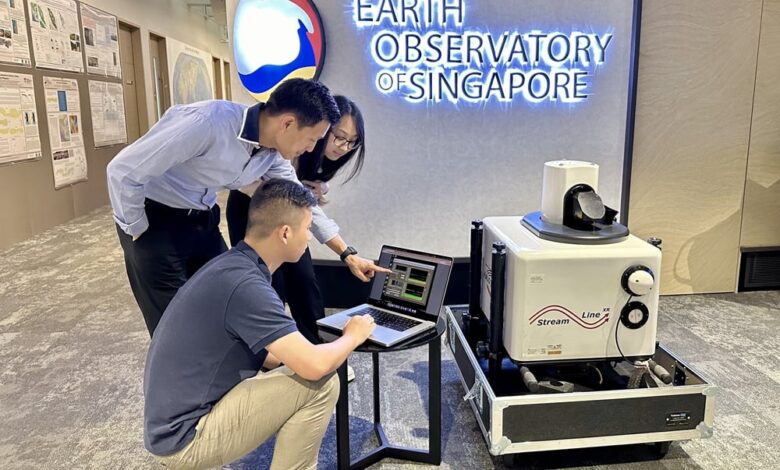“Why Calm Winds Create Air Quality Challenges in Urban Cities”

A recent commentary by Associate Professor Steve Yim from Nanyang Technological University’s Asian School of the Environment and the Lee Kong Chian School of Medicine has examined the negative impact of calm winds on urban air quality, particularly during a hazy period in Singapore from March 25 to 27. During this time, a rise in pollutant levels was noted, with the Pollutant Standards Index reaching a moderate level of 77, attributed to increased PM2.5 concentrations.
Impact of Atmospheric Conditions
Professor Yim attributed the haze primarily to atypical local atmospheric conditions instead of transboundary pollution from nearby forest or peatland fires. Utilizing the 3-Dimensional Real-time Atmospheric Monitoring System (3DREAMS@SG), his research team found that calm winds in the lower atmosphere impeded the dispersion of pollutants.
3DREAMS@SG Technology
The 3DREAMS@SG network comprises three advanced monitoring stations equipped with Light Detection and Ranging (Lidar) systems capable of analyzing wind patterns and aerosol concentrations up to altitudes of 12 kilometers. This technology allows for detailed, second-by-second tracking of air particle movements and helps identify pollutant sources, including urban emissions, haze, and volcanic particulates.
Operational Monitoring Stations
Currently, two of the monitoring stations are operational—located at NTU’s Earth Observatory of Singapore and Raffles Girls’ School (Secondary)—with a third station planned for northern Singapore later this year. The implementation of this advanced technology is expected to significantly improve air quality forecasting capabilities.
Future Considerations
As global warming continues to advance, Professor Yim has noted the potential for more extreme atmospheric conditions, underscoring the importance of sustained monitoring and further research on this topic.
Source: Nanyang Technological University News




